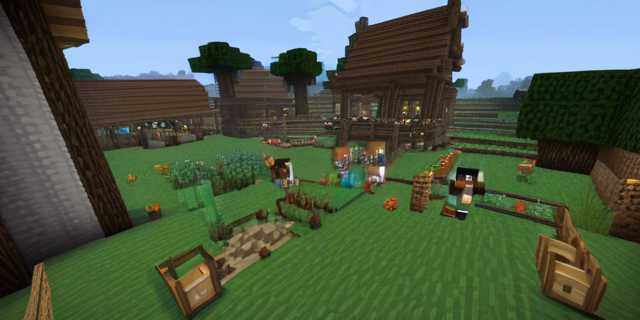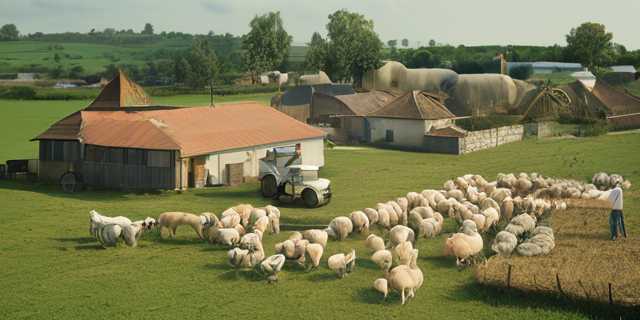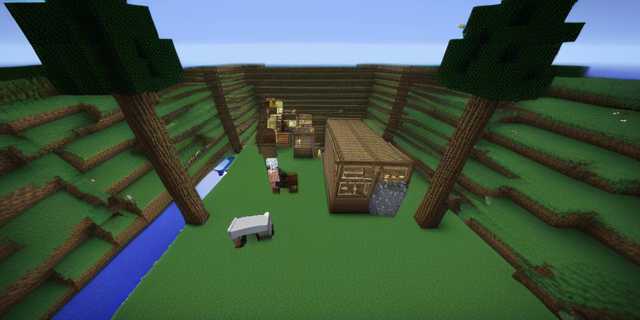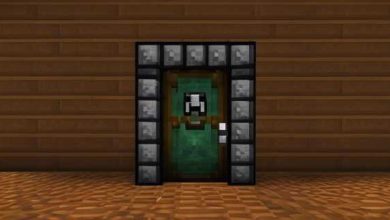Ultimate Guide: How to Make a Villager Breeder in Minecraft

In Villagers are the most useful for Minecraft, they are the most important mobs in the game, as they not only provide you with important trades, and resources, but also can be turned into iron farms when a player turns them into a zombie villager. If you are choked to have a healthy village or create a seamless traders hall, you first need to establish a villager breeder. This guide will lead you through the essential steps of creating a villager planter in the Minecraft game, thus guaranteeing you a steady supply of villagers in your world.
Choosing the Right Location for Your Villager Breeder

Choosing the right place for a villager breeder is very important to its productivity and functionality. First, make sure that your breeder is at least a distance from any existing village constructions. The reason for this is that natural villager mechanics may cause interference. These mechanical linkages to other beds and workstations can result in a lack of breed control. As a standard rule, position your breeder at least 100 blocks away from any active village to maintain a constant control on the breeding process.
Second, the biome where you put your breeder is very important. Some biomes, like deserts and plains, have more predictable villager behavior due to the absence of obstructions. Avoid swamp and jungle biomes in where terrain can be uneven, and also the more frequent spawning of hostile mobs like zombies and witches, which are a threat to your villagers. Having a flat and properly lit area will make managing and expanding your breeder easier.
Third, you must also be sure you are having a secure and enclosed space. The safety of villagers is imperative, as they need to be safeguarded from hostile mobs, lightning (which can turn them into witches), and all other dangers. Secure your space with fences, walls, or glass and light it well with torches or glowstone to avoid mob spawns inside it. Planting a roof or overhang will also prevent villagers from escaping and assure they will stay in the required area.
Suggestion: The place you conventionally keep your villager breeder should be near your trading hall or iron farm to easily and quickly move them around. This takes less time for their movement for trading or farming purposes.
Gathering the Necessary Resources

To construct a functional villager breeder, you will need to acquire the specific materials needed to create beds, food containers, and an area for the proper containment of the villagers. First off, you need at least three beds such that two of them are for the villagers who will be reproducing in them, while the third one is an extra one to get them to breed. The fact that there are unclaimed beds in an area is the core of the villager breeding process, otherwise, they will not reproduce. Make sure they are put in the correct place concerning the space above them which should be at least two blocks clear of anything, so that the villagers can see and use those beds properly.
Secondly, you should bring up enough food for the villagers to be ready to breed. For the villagers to reproduce, they have to have food in their pockets, and the best choices for them are bread, carrots, potatoes, and beetroot. What the villagers need to be ready to breed, which is the best option for them, is three bread, 12 carrots, 12 potatoes, or in the case of beetroot, it is 12. A reliable way to provide the villagers with food is to set up a crop farm nearby with automatic or manual feeding, depending on the situation.
As a third point, you should construct a room to breed the villagers. This room should only be occupied by the villagers, besides the beds, which should be at least two adults and a way to safely remove the baby villagers from it. A 5×5 area with beds and a trapdoor system that will direct the baby villagers into a holding area as soon as they spawn is often the basis of this design. The walls should be at least two blocks high to prevent escape, and you should include an easy access point to distribute food and check on the villagers.
Tip: Use farmer villagers in your breeder setup to automate the food supply. They will harvest and distribute food among villagers, reducing the need for manual feeding and increasing efficiency.
Building the Villager Breeder and Managing the Population

After you have selected a site and collected the materials, it is time to create your villager breeder. To begin with, put the beds in a line or tight arrangement so that all the beds are able to access the sky or at least there is an open block above them. This is how the villagers are able to detect and claim beds, a crucial step to successful breeding. Next, bring in two adults of your species into the breeding chamber. You can use boats, minecarts, or a lead to do this if you are using mods.
After you have moved the villagers, place enough food for them to start the breeding process. If the villagers are in a “willing” state (indicated by heart particles), they will create a baby villager. After a while, as the baby villagers mature, will either need to be transported to another location or the breeder itself will have to be enlarged to house them. A simple water flow system can ensure that the baby villagers are automatically directed to a holding area.
Your villager breeder is very important to keep up with in case of a bottleneck in the system. Sometimes the villagers might become stuck if their bed is blocked, they might also avoid breeding, and goods might be snubbed if the food supply is low. It is vital to ensure a correct number of all the entities as too many entities in one location might cause the problem of entity cramming which leads to slowing down of the breeding rate and also kills the villagers. By ensuring the villagers are spaced apart, you can create a schedule for new adults to be sent to other workstations to keep the population at an optimal balance.
Tip: If villagers stop procreating, make sure there are some open beds, they have ample food, and the breeder is well-lit in order to keep them from 죽는 비신의 방해.
Conclusion
Constructing a villager breeder in Minecraft is an excellent strategy for obtaining a consistent supply of villagers for trading, iron farms, or the expansion of your village. By choosing the best location, gathering the necessary resources, and managing the breeding process efficiently, you are likely to have a steady flow of new villagers. Adding a security system to your breeder, automating the food distribution system, and constantly monitoring the villagers will also maximize its efficiency. With this guide, you can design your own villager breeder and make the most out of the villagers’ mechanics in Minecraft!



